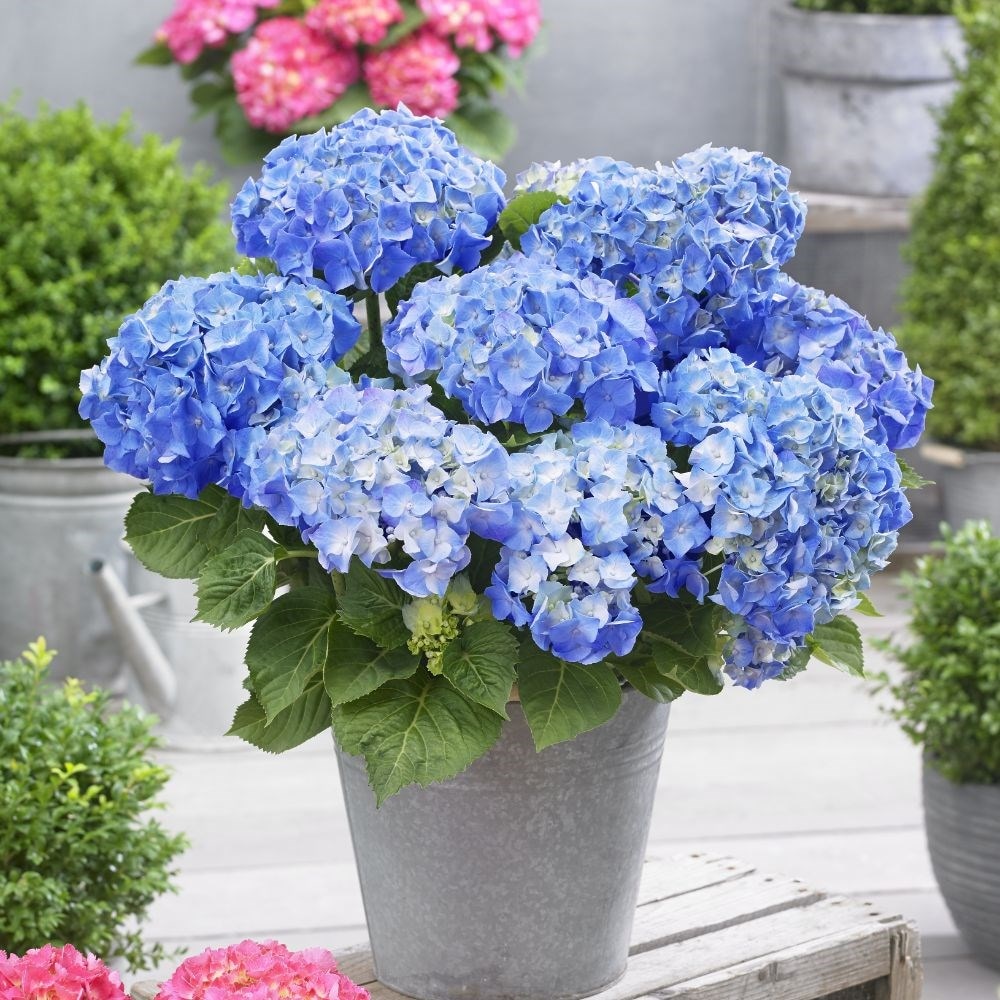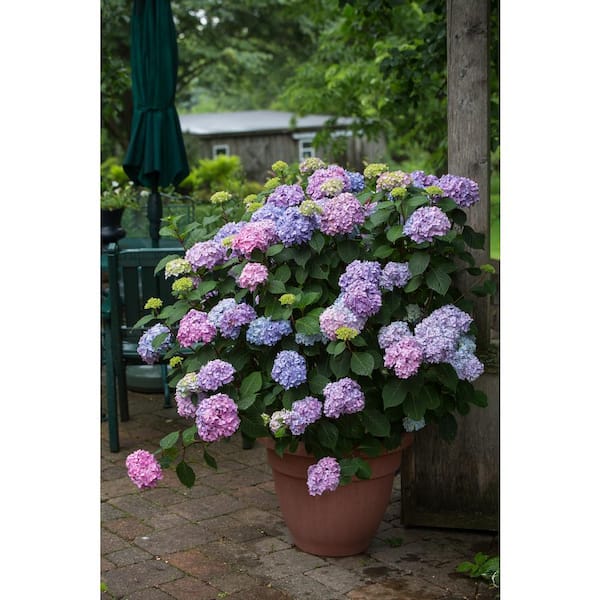Creeping Hydrangea: The Versatile Vine That Will Add Beauty To Your Garden
Creeping Hydrangea: The Versatile Vine That Will Add Beauty to Your Garden
Creeping hydrangea (Hydrangea anomala petiolaris) is a beautiful and versatile vine that can add a touch of elegance to any garden. It is native to Asia and is hardy in USDA zones 4-9. Creeping hydrangeas can grow up to 50 feet long and 10 feet wide, making them a great choice for covering large walls, fences, or arbors. They also do well in shady areas, making them a good option for gardens that don't get a lot of sunlight.
What makes creeping hydrangeas so special?
In addition to their versatility and hardiness, creeping hydrangeas are also known for their beautiful flowers. In the summer, they produce large, white lacecap flowers that are a welcome sight in any garden. The flowers are fragrant and attract butterflies and other pollinators.
Creeping hydrangeas are also relatively easy to care for. They need well-drained soil and regular watering, but they are not as demanding as some other types of vines. They can also be pruned to keep them in check and to encourage new growth.
How to grow creeping hydrangeas
Creeping hydrangeas can be grown from seed, but they are more easily grown from cuttings. To take a cutting, simply cut a 6-inch piece of stem from a healthy plant in the spring or summer. Remove the lower leaves and plant the cutting in a pot filled with well-drained potting soil. Keep the soil moist and the cutting in a warm, shady spot. In a few weeks, the cutting should root and you can transplant it to your garden.
Once your creeping hydrangea is established, it will need regular watering, especially during the hot summer months. You should also fertilize it once a month with a balanced fertilizer. In the fall, you can prune the vine to remove any dead or damaged branches.
Where to plant creeping hydrangeas
Creeping hydrangeas are best planted in a location that receives partial shade. They can tolerate full sun, but they will do better if they have some protection from the hot afternoon sun. They also need well-drained soil. If your soil is heavy or clayey, you may need to add some sand or compost to improve drainage.
Creeping hydrangeas and other plants
Creeping hydrangeas can be grown in combination with other plants, but it is important to choose plants that have similar light and soil requirements. Some good companion plants for creeping hydrangeas include hostas, ferns, and azaleas. You can also plant creeping hydrangeas in front of shrubs or trees to create a cascading effect.
Conclusion
Creeping hydrangeas are a beautiful and versatile vine that can add a touch of elegance to any garden. They are relatively easy to care for and can be grown in a variety of settings. If you are looking for a vine that will add year-round interest to your garden, creeping hydrangea is a great option.
Creeping hydrangea (Hydrangea macrophylla) is a beautiful and versatile plant that can add a touch of elegance to any garden. It is known for its delicate, cascading flowers that bloom in shades of pink, blue, or white. Creeping hydrangea can be grown as a groundcover, a border plant, or even a small shrub. It is relatively easy to care for and can tolerate a variety of soil conditions.
If you are interested in learning more about creeping hydrangea, I recommend visiting the . This website has a wealth of information about the plant, including its care requirements, growing tips, and pest and disease control. You can also find photos of creeping hydrangea in bloom, as well as planting and care guides.
I hope this helps!
FAQ of creeping hydrangea
- What is a climbing hydrangea?
A climbing hydrangea is a type of hydrangea that grows as a vine. It can grow up to 30-50 feet tall and 5-6 feet wide. Climbing hydrangeas have white flowers that bloom in the summer. They are native to Asia and are hardy in USDA zones 4-8.
- Where should I plant a climbing hydrangea?
Climbing hydrangeas prefer part shade to full shade. They need moist, well-drained soil. The soil should be acidic, with a pH of 6.0-6.5. Climbing hydrangeas can be planted in the spring or fall.
- How do I care for a climbing hydrangea?
Climbing hydrangeas need regular watering, especially during the first year after planting. They also need to be fertilized in the spring and fall. Climbing hydrangeas are relatively pest- and disease-free. However, they can be susceptible to aphids, scale, and spider mites.
- How do I prune a climbing hydrangea?
Climbing hydrangeas do not need to be pruned heavily. However, they can be pruned in the spring to remove dead or damaged branches. Climbing hydrangeas can also be pruned to control their size.
- Is climbing hydrangea toxic to pets?
Yes, climbing hydrangea is toxic to dogs, cats, and horses. If your pet ingests any part of the plant, contact your veterinarian immediately.
Image of creeping hydrangea
5 different images of "creeping hydrangea" from Pinterest:
- A creeping hydrangea plant with pink flowers cascading over a rock wall.

- A close-up of the flowers of a creeping hydrangea, showing their delicate petals and yellow centers.

- A creeping hydrangea plant with white flowers growing in a shady spot in the garden.

- A creeping hydrangea plant with blue flowers climbing up a trellis.

- A creeping hydrangea plant with purple flowers in full bloom.

Post a Comment for "Creeping Hydrangea: The Versatile Vine That Will Add Beauty To Your Garden"